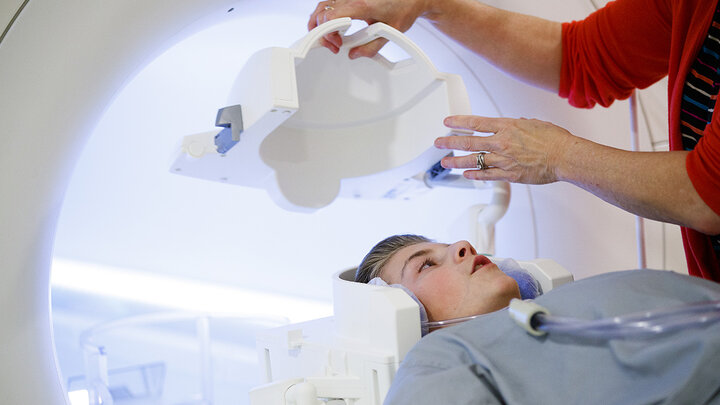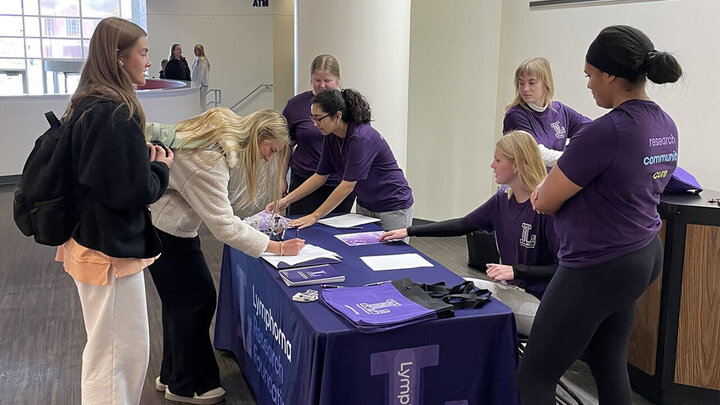The College of Journalism and Mass Communications has experienced a transformative period of growth in research and creative activity, positioning itself as a leader in advancing scholarship within journalism and mass communications. Since 2020, the college has made strategic investments in research infrastructure, faculty development and student engagement, resulting in unprecedented increases in faculty publications, external funding and national recognition.
One of the most significant advancements was the full revision of the promotion and tenure guidelines in 2022, which clarified expectations and provided a structured pathway for faculty success. This revision ensured that faculty pursuing research and creative activity had well-defined benchmarks for advancement. To further support faculty in securing research funding, the college implemented a grant incentive policy in 2021, encouraging faculty to pursue extramural funding opportunities. These efforts have yielded remarkable results, with faculty publications increasing by 250 percent, from 10 in 2020 to 35 in 2024. Despite this growth in research output, the number of tenure-track faculty has remained steady at 22 over the same period, underscoring the increased productivity and impact of the existing faculty.
External grant activity has also seen substantial growth under these initiatives. The number of faculty submitting external grant applications increased by 57 percent over the past five years, while total external grant applications grew by 83 percent. The impact of these efforts is evident in the college’s funding levels: between 2016 and 2020, the college secured $30,900 in external sponsored program funding, but since 2020, that number has skyrocketed to $188,855—an increase of 511 percent. Internal funding has also been prioritized, particularly through participation in the Grand Challenges Initiative, with the average award amount increasing from $8,583 in 2020 to $651,166 in 2024.
Building on this momentum, the college secured a $101,376 grant from the Nebraska Research Initiative in 2024 to establish the Social and Traditional Media Analytics and Research Tools Lab (SMART Lab). This new facility will serve as a cornerstone for social and traditional media research, fostering interdisciplinary collaboration and expanding media data analysis capabilities. SMART-Lab builds upon the success of the Public Insight Lab, which was launched in 2021, and has already demonstrated significant potential in large-scale media research. The lab is expected to enhance faculty and student research, attract additional external funding and create new industry partnerships that position the college as a leader in media analytics.
Faculty engagement in research dissemination has expanded significantly. The number of conference presentations increased by 192 percent, from 14 in 2022 to 41 in 2024, demonstrating the college’s growing influence in national and international academic forums. To further support faculty participation in conferences, the Seacrest Travel Grant program was revised in both 2022 and 2024, increasing access to funds for presenting research at professional events.
The college has also prioritized student engagement in research, ensuring that undergraduate and graduate students have opportunities to contribute to scholarly work. In 2022, new procedures were implemented for independent study courses, allowing students to work directly with faculty on research projects. This initiative has expanded opportunities for student involvement in creative activity, aligning with the college’s commitment to hands-on learning.
Efforts to foster a collaborative research culture have included the establishment of rotating brown-bag workshops focused on writing, research, grant procurement, creativity, leadership development and personal growth. These sessions provide faculty with opportunities to share best practices, refine research agendas and explore interdisciplinary collaborations.
Recognition for faculty research excellence has also continued to grow, with numerous faculty members receiving prestigious national awards and fellowships. Among the many notable honors:
- Maria Marron received the Donna Allen Award for Feminist Advocacy from AEJMC in 2021.
- Ciera Kirkpatrick won the University of Nebraska Research Slam in 2021, was awarded the Kopenhaver Fellowship from the Lillian Lodge Kopenhaver Center for the Advancement of Women and was named AEJMC Emerging Scholar in 2023.
- Valerie Jones won the University of Nebraska Research Slam in 2022 and was named a Fulbright Global Scholar that same year.
- Cory Armstrong was recognized as the Outstanding Woman in Education by AEJMC in 2023.
- Ryan Tan won the University of Nebraska Research Slam in 2023.
- Brian Petrotta received an ESPN Fellowship in 2024.
The progress made over the past several years demonstrates the college’s deep commitment to strengthening its research culture, securing funding and providing students with meaningful research experiences. With the addition of SMART-Lab and continued investments in faculty and student research, the college is further solidifying its national reputation as a center for innovation and scholarship in journalism and mass communications.
Targets | Aim | 20-21 | 21-22 | 22-23 | 23-24 | 24-25 |
| Increase tenured/tenure-leading faculty by 20% | 3 | 22 | 19 | 18 | 22 | 22 |
| Increase the number of faculty submitting extramural grant applications by 50% | 3 | 9 | 3 | 5 | 10 | 6 |
| Double research and creative activity revenue | 3 | 3000 | 5443 | 3500 | $ 175,191 | $18075 |
| Increase the number of peer-reviewed publications by 75% | 3 | 10 | 20 | 17 | 12 | 35 |
| Double the number of Gas dedicated to research support | 3 | 1 | 1 | 1 | 5 | 4 |




